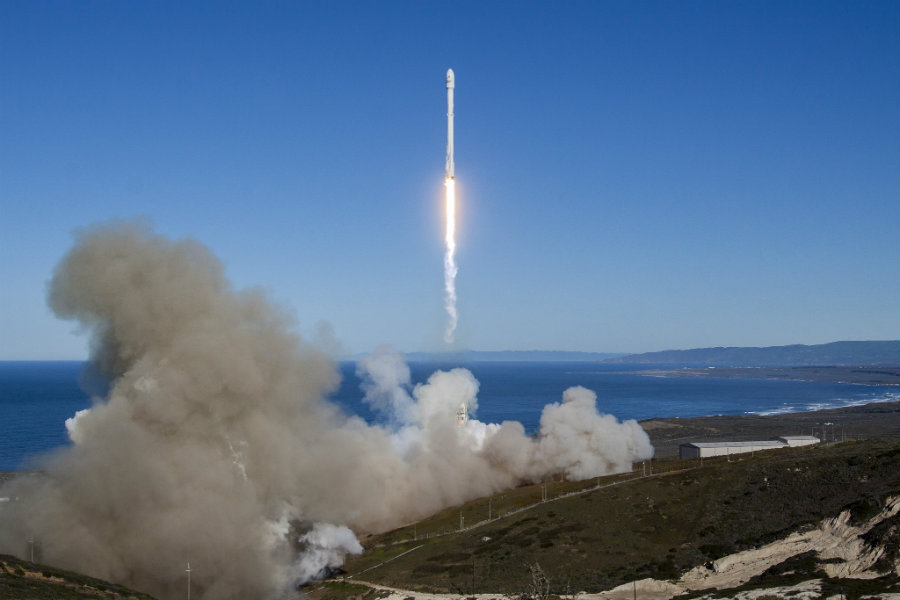The state of California is expected to pass legislation changing how space affairs are taxed depending on the profits they produce and on how far do they travel.
Currently, the aerospace industry has received outstanding amounts of financial support, as rocket technology appears to be an unexploited market niche. Just in 2016, $461 million were invested in startups whose main trade is going to space.

Rocket launches will then be taxed, just like transportation companies down on Earth.
Profits will come. Big league
The idea is that, after a rocket flies over the 62-kilometer mark, it will no longer be subjected to taxation because it is no longer on Earth. Then, the total mileage for each launch contract deemed profitable will be calculated corresponding to the tax year at hand.
Also, the number of launches in the state of California as specified in the initial contract will be used as a “departure factor” alongside the overall number of launches when the contract is executed.
The tax plan is initially envisioned for SpaceX and United Launch Alliance, the only companies that regularly launch rockets into space. The other company that’s expected to start launching into space within a year is Virgin Galactic.
Apparently, the tax plan fits how space travel companies want to be taxed, as it takes into account how much do they earn and how often they launch their rockets.
Despite taxes, SpaceX seems eager to launch hundreds of rockets, as the company recently announced that it would create a network of satellites that would provide internet access to people on Earth.

Ambitious plans for the future
The array would consist of over 4,000 satellites which would start getting into orbit by 2019. As space launches become more advanced and accessible, SpaceX will keep upping that rate, aiming to put all satellites into orbit by 2024. They are supposed to orbit the Earth at a distance three times greater than that of the ISS. This would easily become the largest satellite launch operation to date.
SpaceX assures that it will profit primarily from the internet service, as it will outclass current technology due to the satellites being able to provide gigabit speeds with very little latency.
4,000 satellites will surely need at least 500 launches, which is nothing short of ambitious for SpaceX. The operation fits the company’s idea of making space travel affordable and profitable mainly through the reuse of rockets. This will make taxation a breeze as the company will be saving hundreds of thousands of dollars with each launch, compared to classic efforts to bring goods into space.
On April 8, the first reused Falcon 9 rocket delivered an inflatable habitat alongside 7,000 of supplies to the International Space Station. When the rocket came back down, it used thrusters to align itself carefully and achieve a soft landing. As unthinkable it may sound, SpaceX achieved what was believed to be impossible, as the idea of a rocket performing a soft landing on a platform located on Earth is only worthy of science-fiction stories. For such achievement, the company discovered how to save thousands of millions in the long term.
Source: State of California
